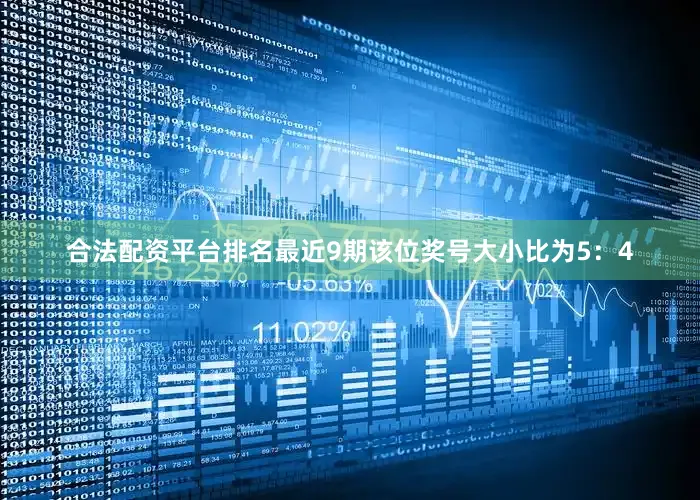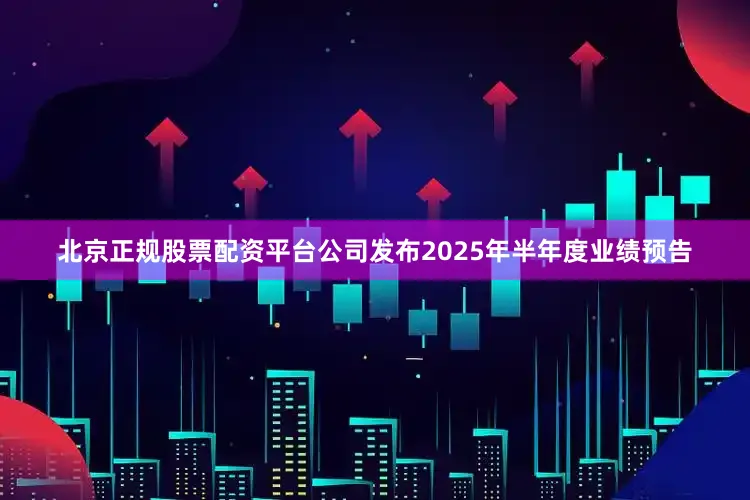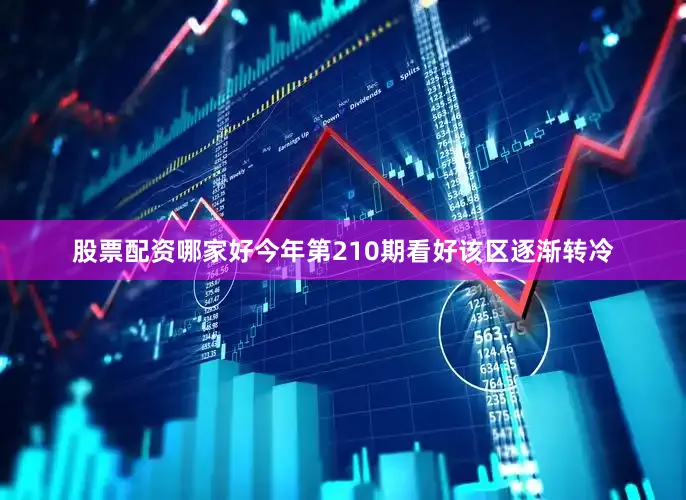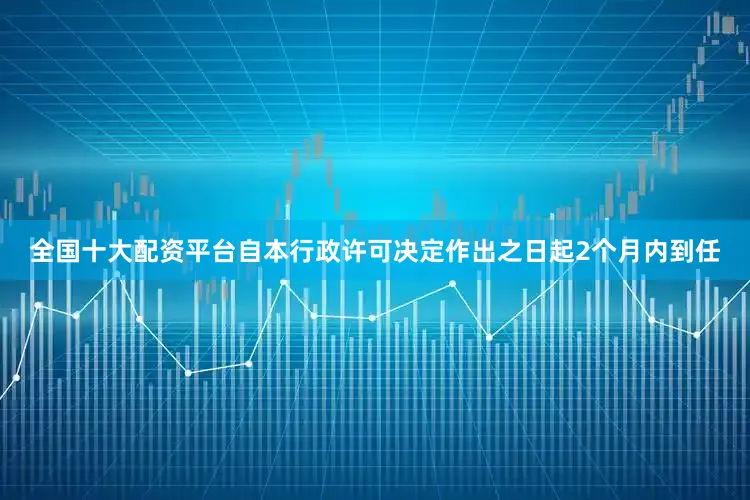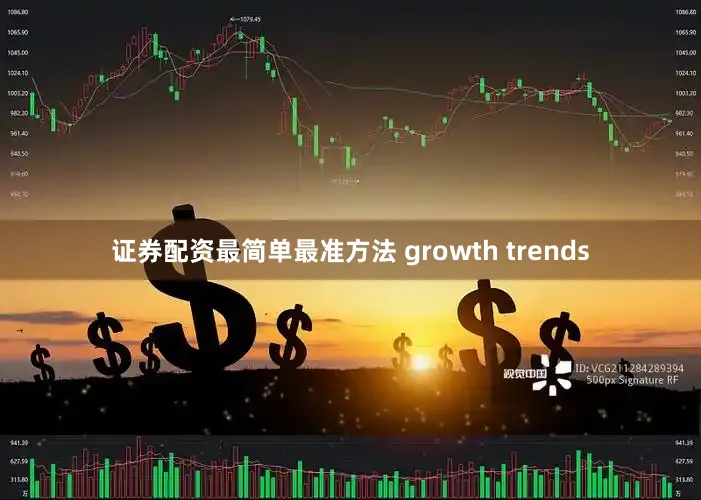
清真需求与年轻消费力驱动东盟美妆增长。
《中国化妆品》杂志 | 何欣洋
近年来,东盟化妆品市场以年均5.7%的增速蓬勃发展,2024年市场规模已突破470亿美元,成为全球美妆行业不可忽视的新兴力量。然而,这片热土既蕴藏着印尼清真美妆的爆发潜力、菲律宾年轻消费者的狂热追捧,也暗藏着各国法规差异化的合规迷宫。
为此,《中国化妆品》杂志近日专访了东盟化妆品协会会长Juanita Aditiawan女士,她深度剖析了东盟市场“区域集中却需求各异”的独特生态,更揭秘了中企如何借力RCEP关税红利,在“认证战”与“渠道战”中抢占先机。
展开剩余93%东盟化妆品协会会长
Juanita Aditiawan
CCR:
请您简要介绍一下东盟化妆品市场的规模、增长趋势和主要特点。
Juanita:2024年,东盟化妆品市场总收入达47.64亿美元,其中印度尼西亚以19.6亿美元的规模位居首位,占地区总份额的41%,展现出显著的市场主导地位;菲律宾和泰国紧随其后,分别贡献了8.14亿美元(17%)和7.75亿美元(16%),成为重要的次级市场;越南、马来西亚和新加坡的规模相对较小,分别为5.53亿美元(12%)、4.61亿美元(10%)和1.98亿美元(4%)。整体来看,东盟化妆品市场呈现明显的区域集中态势,印度尼西亚、菲律宾和泰国合计占据了近四分之三的市场份额,而新加坡的市场规模最小,发展潜力相对有限。
根据Future Market Insights提供的数据,2024年东盟上述六国化妆品市场总收入为476.4亿美元,预计2025年将增长至559亿美元,到2035年有望突破700亿美元。与此同时,化妆品化学原料市场规模在2024年达到199.4亿美元,预计2025年增至211.76亿美元,2035年将大幅攀升至386.45亿美元。从复合年增长率(CAGR)来看,2024年为5.7%,而到2035年预计将提升至6.2%,表明该地区化妆品及其原料市场均呈现稳定增长趋势,且长期增速略有加快。
CCR:Could you briefly introduce the scale, growth trends, and main characteristics of the ASEAN cosmetics market?
Juanita: In 2024, the total revenue of the ASEAN cosmetics market reached $4.764billion, with Indonesia leading at $1.96 billion, accounting for 41% of the region's total share and demonstrating dominant market influence. The Philippines and Thailand followed closely, contributing $814million(17%) and $775 million(16%), respectively, making them key secondary markets. Vietnam, Malaysia and Singapore had relatively smaller market sizes at $553million(12%), $461 million (10%) and $198 million (4%).
Overall, the ASEAN cosmetics market exhibits a clear regional concentration, with Indonesia, the Philippines and Thailand collectively occupying nearly three-quarters of the total market share. While Singapore's market remains the smallest, with relatively limited growth potential.
According to the data of Future Market Insights, the total revenue of the cosmetics market in 6 key ASEAN countries reached USD 47.64 billion USD in 2024, with projections indicating growth to USD 55.9 billion by 2025 and exceeding USD 70 billion by 2035. The cosmetic chemicals market was valued at USD 19.94 billion in 2024, expected to rise to USD 21.176 billion in 2025 and surge to USD 38.645 billion by 2035. The compound annual growth rate (CAGR) stood at 5.7% in 2024 and is projected to increase to 6.2% by 2035, reflecting steady expansion in both the cosmetics and chemical material markets, with a slightly accelerated long-term growth trajectory.
CCR:
您认为近年来有哪些因素推动了东盟化妆品市场的快速增长?
Juanita: 东盟化妆品市场增长的主要驱动因素主要包括五点。
首先是清洁、绿色、可持续化妆品的流行,尤其是在印尼、马来西亚、泰国、越南和新加坡,消费者对这类产品的需求日益增长。
其次,印尼和马来西亚市场对清真认证化妆品的需求旺盛,以迎合当地庞大的穆斯林人口。
除此之外,年轻消费者占比增加,推动化妆品消费,这一点在菲律宾更明显。
还有社交媒体、美妆博主及电商平台的扩张也显著促进了市场发展,预计到2025年,化妆品类产品的线上销售将占总销售额的44.6%。
最后,居民可支配收入和中产阶级的增长进一步拉动了消费需求,这一点在菲律宾、老挝和缅甸表现比较突出。
CCR:What factors do you think have driven the rapid growth of the ASEAN cosmetics market in recent years?
Juanita: The growth of the ASEAN cosmetics market is driven by 5 key factors: Firstly, Thailand, Vietnam, and Singapore are witnessing rising demand for clean, green, and more sustainable products. Secondly, Indonesia and Malaysia show strong demand for Halal-certified products to cater to their predominantly Muslim populations. The Philippines’ market is primarily fueled by younger consumers. Additionally, the expansion of social media, beauty influencers and e-commerce platforms is significantly boosting the industry, with online sales projected to account for 44.6% of total sales by 2025. Lastly, increasing disposable incomes and a growing middle class further amplify consumer demand.
CCR:
请您简要概括一下东盟各成员国化妆品市场有哪些主要差异?
Juanita:差异主要基于文化、宗教和地理因素。例如,清真化妆品在印尼和马来西亚很受欢迎,而缅甸的传统化妆品(如“特纳卡”)是畅销品。印尼还有许多以草本为基础的化妆品。菲律宾消费者则偏爱彩色化妆品和洁面产品。因此,企业需要根据不同国家的文化、气候和宗教调整产品,不能“一刀切”。未来,天然成分和纯净美妆趋势将在东盟持续流行,但可能两年后又会涌现新的趋势。
CCR:How do cosmetics markets differ among ASEAN member states?
Juanita:The differences are rooted in culture, religion, and geography. For example, halal cosmetics are popular in Indonesia and Malaysia, while traditional cosmetics like "Thanakha" are best-sellers in Myanmar. Indonesia also has many herbal-based cosmetics. In the Philippines, consumers prefer colorful cosmetics and cleansing products. Companies must adapt to each country's unique context—there's no "one-size-fits-all" product. In the future, natural ingredients and clean beauty trends will remain popular, but new trends may emerge in just two years.
CCR:
东盟消费者对化妆品产品有哪些新的需求和偏好?这对化妆品原料在东盟的销路和发展情况产生了怎样的影响?
Juanita:每个国家的消费者偏好都有所不同。例如,在印尼,中国品牌非常受欢迎,尤其是Skintific、FOCALLURE(菲鹿儿)等,综合品类来看,护肤类比彩妆更受欢迎。Shopee是东南亚最大的电商销售平台,但中国品牌若想进入东盟市场,可能需要调整策略,比如在印尼或泰国设厂以规避美国关税。
CCR:What preferences do ASEAN consumers have for cosmetic products?
Juanita:It varies by country. In Indonesia, Chinese brands like Skintific, Focallure are very popular. Skincare is more popular than makeup. Shopee is the largest sales platform in Southeast Asia, but Chinese brands may need to adjust their strategies, such as setting up factories in Indonesia or Thailand to avoid U.S. tariffs.
CCR:
中国企业出口化妆品到东盟面临哪些机遇和挑战?
Juanita:最大的挑战是法规。东盟整体执行《东盟化妆品指令》即ACD,根据欧盟化妆品指令第6次修正案建模,其对于化妆品的定义与欧盟相似,强调化妆品作用于“人体外表面或牙齿及口腔黏膜”的清洁和保护功能,体现了与国际接轨的趋势。
ACD由基本条例(Article)、化妆品产品技术文件(Appendix)、化妆品组分清单(Annex)、化妆品指南文件(Guideline)、东盟成员各国的化妆品组分手册五个部分构成。但值得注意的是,东盟各国法规虽以ACD为基础,但具体实施各有不同。ACD并非强制指令,需要各成员国采纳转化为本国的法规,但成员国中文莱、马来西亚、菲律宾、新加坡完全遵守。
品牌需要找到好的分销商,并确保成分符合当地法规。此外,在印尼或马来西亚设厂可以帮助品牌获得清真认证,从而打开更广阔的穆斯林市场。
CCR:What challenges do Chinese cosmetic brands face when entering the ASEAN market?
Juanita:The biggest challenge is regulations. While ASEAN as a whole implements the ASEAN Cosmetic Directive (ACD)—modeled after the 6th Amendment to the EU Cosmetic Directive—its definition of cosmetics aligns with the EU’s, emphasizing products applied to "external body surfaces, teeth or oral mucosa" for cleansing and protection, reflecting global harmonization trends.
The ACD framework comprises:Core Regulations (Articles), Technical Documentation for Products (Appendices), Lists of Cosmetic Ingredients (Annexes), Guideline Documents, Nationally Adopted Ingredient Manuals by ASEAN member states.
While ASEAN has the ASEAN Cosmetic Directive, each country implements it differently. Brands need reliable distributors and must ensure their ingredients comply with local regulations. Setting up factories in Indonesia or Malaysia can also help brands obtain halal certification, opening doors to the broader Muslim market.
CCR:
东盟与中国在化妆品领域的合作有哪些利好背景?未来又有哪些潜在机会?
Juanita: 合作条件非常有利。我们已签署《区域全面经济伙伴关系协定》(RCEP),享受关税优惠。此外,印尼从中国大量进口包装、供应链设备和机械,双边合作紧密。未来可以加强展览交流,比如将印尼的天然原料引入中国市场。
CCR:What is the potential for collaboration between ASEAN and China in the cosmetics sector?
Juanita:The conditions are very favorable. We’ve signed the Regional Comprehensive Economic Partnership (RCEP), which offers tariff benefits. Additionally, Indonesia imports packaging, machinery, and supply chain equipment from China, strengthening bilateral ties. In the future, we can enhance exchanges through exhibitions, such as introducing Indonesian natural ingredients to the Chinese market.
CCR:
请您介绍一下东盟化妆品协会的宗旨和主要工作。
Juanita:东盟化妆品协会(ACA)作为第三方的组织促进成员国的一体化,促进与其他贸易组织的合作,为企业提供相关的法规培训等。我们的目标是提升东盟化妆品行业的竞争力,确保产品安全,并促进区域和国际市场的贸易。每年我们都会召开会议,讨论法规协调问题,以简化东盟内部的贸易流程。
CCR:What is the mission of the ASEAN Cosmetics Association(ACA) ?
Juanita: As a third-party organization,The ASEAN Cosmetic Association (ACA) facilitates integration among member states, promotes collaboration with other trade organizations, and provides relevant regulatory training for enterprises. Our goal is to enhance the competitiveness of the ASEAN cosmetics industry, ensure product safety, and promote trade in regional and international markets. We hold annual meetings to discuss regulatory harmonization, simplifying trade within ASEAN.
发布于:北京市金勺子配资-最可靠的证券公司-网络股票杠杆-专业股票配资价格提示:文章来自网络,不代表本站观点。
